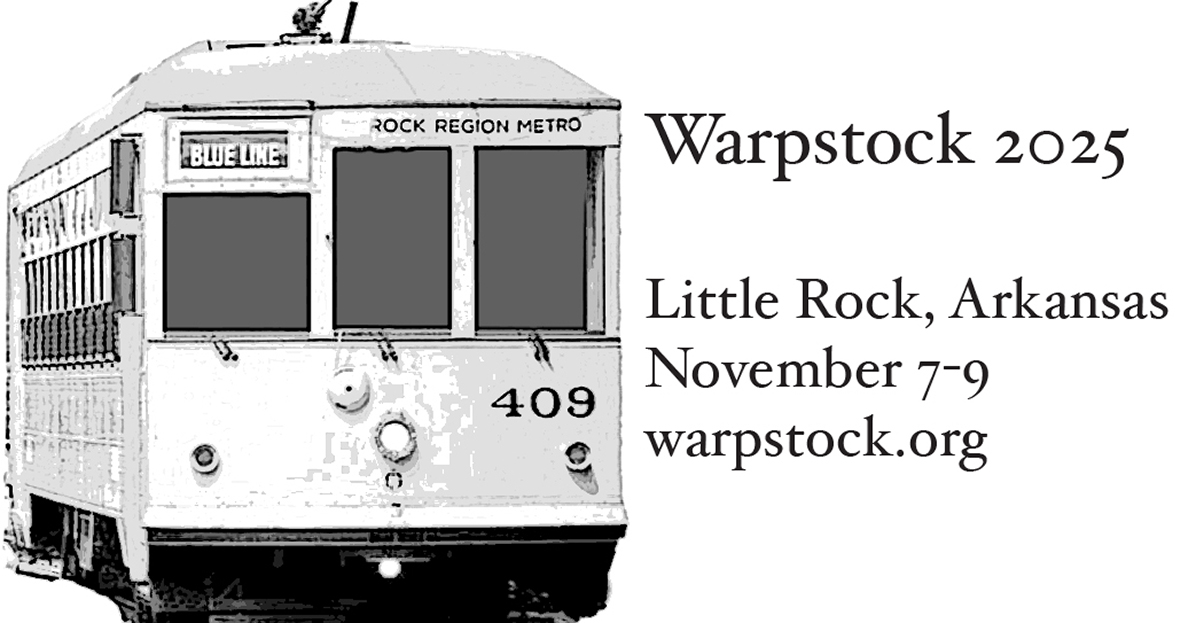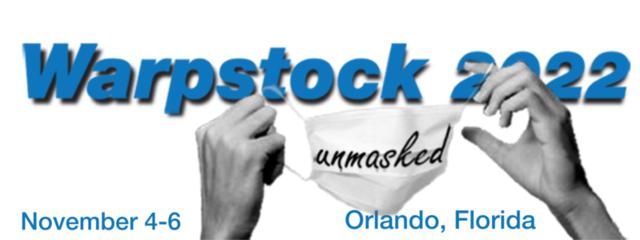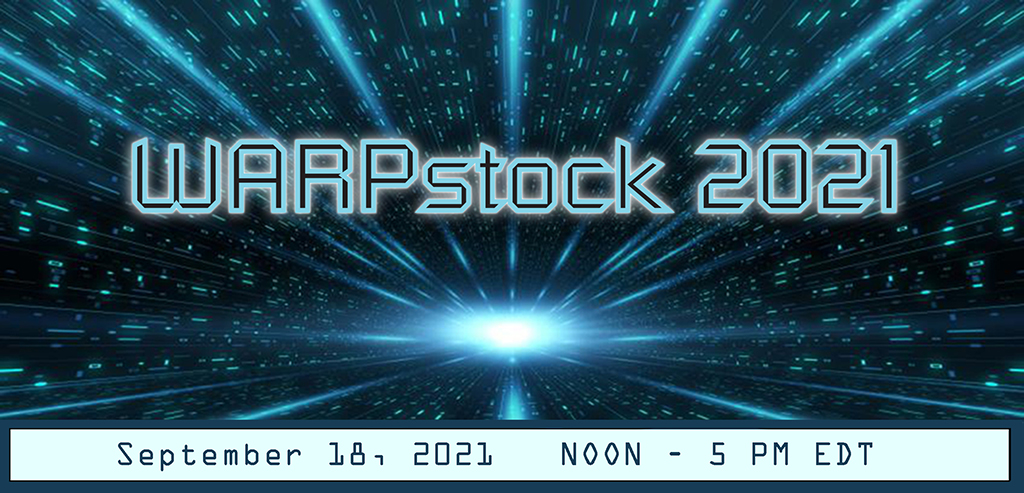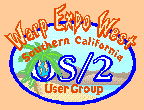SCOUG-Programming Mailing List Archives
Return to [ 23 |
April |
2006 ]
<< Previous Message <<
>> Next Message >>
Content Type: text/plain
It took me about 6 months to become familiar enough to develop a PM program that was slightly better than "Hello World".
I have been a PM programmer since 1989., A long time ago. It has taken me probably 15 years of developing PM programs almost every day to develop a program like my financial program. PM programming is very tough. Don't be let down and give up if in 6 months you are not developing PM programs on your own.
I think I may have deleted the souce to Case:PM probably as far back as 1994 or so. I may have a compiled version around some where. I'll have to look.
If I do, you are more than welcome to it.
Nathan
>
> From: "Lynn H. Maxson"
> Date: Sun, 23 Apr 2006 07:07:10 PST8
> To: "SCOUG Programming SIG"
> Subject: SCOUG-Programming: Presentation Manager Programming
>
> For reasons which still remain unclear to me I missed this
> month's SCOUG meeting. In so doing I obviously missed an
> excellent presentation by Bob Blair on an introduction to
> presentation manager programming. He was kind enough to
> send me the html file he used, which I have attached so that
> others who missed the meeting might have a chance to
> review.
>
> I noticed that in terms of books I had one of his
> "recommended" three: Petzold. I ordered the remaining two
> by Maruzzi and Panov respectively. You can tell I take any
> recommendation by Bob seriously period, especially when it
> comes to programming.
>
> Bob's examples came in two programming languages, PL/I and
> C. He chose to use C-type attributes, e.g. HWND, instead of
> "native" ones in his PL/I examples. That shows that PL/I has
> an equivalent form for C data types, but it doesn't that C's
> data types are just a proper subset of PL/I's. That I expect
> will come later.
>
> Now if as Nathan has expressed it takes at least six months to
> develop a proficiency in PM programming, we should accept
> that as a reasonable milestone for our achieving same. I see
> no reason why in that same period between now and
> December we cannot also pursue some of the other
> programming aspects of our "extra-smart
> editor/interpreter/compiler".
>
> So it's probably time that we considered doing an update to
> the SCOUG webpage on the programming SIG to incorporate
> the material as we cover or more to the point uncover it in
> the coming months. I would imagine that we would offer a
> complete tutorial on PM programming as well as the
> development of our editor/interpreter/compiler, our single
> product, industry-unique IDE.:-)
>
> Nathan participated in the development of CASE:PM. I don't
> know the status of that product currently, what information
> we can receive on it, or its availability or that of its source
> code. I assume that it supported the drawing of dataflows
> and structured designs of Constantine's Structured Design.
>
> Now having made the statement of using a single source for
> all output, e.g. source to flowcharting, I assume the same
> exists for dataflows and structure charts. I don't see a
> problem with producing structure charts, based on the
> hierarchy of internal procedural references in an program, but
> that of dataflows may prove challenging.
>
> Constantine began with dataflows and used a heuristic
> process to convert them into structured charts. In theory we
> can invoke logical equivalence to reverse the process, i.e.
> obtain dataflows from structure charts.
>
> I happen to have a fondness for dataflows and structure
> charts that I will never have for UML documents. I know the
> impact they had on the productivity and predictability of the
> analysis and design stages of software development. For
> companies competing for bids on defense department (DOD)
> software contracts it changed the estimating process from an
> art to a science...or nearly so. I used it frequently in my
> customer accounts, offering to design complete application
> systems in a single afternoon in a group session, if only to
> show the impact of the urge to code before thinking,
> construction before analysis and design.
>
> So, Nathan, if you could offer us an update on CASE:PM, we
> might see what we can "draw" (literally and figuratively)
> from it. While Bob has the lead on instructing in PM
> programming here, I'm sure he would appreciate some
> feedback from the experience of others.
>
> I guess it remains up to me to produce something of a scheme
> of lesson plans to achieve over the next six months. I, too,
> would appreciate some feedback.
>
>
=====================================================
To unsubscribe from this list, send an email message
to "steward@scoug.com". In the body of the message,
put the command "unsubscribe scoug-programming".
For problems, contact the list owner at
"postmaster@scoug.com".
=====================================================
<< Previous Message <<
>> Next Message >>
Return to [ 23 |
April |
2006 ]
The Southern California OS/2 User Group
P.O. Box 26904
Santa Ana, CA 92799-6904, USA
Copyright 2001 the Southern California OS/2 User Group. ALL RIGHTS
RESERVED.
SCOUG, Warp Expo West, and Warpfest are trademarks of the Southern California OS/2 User Group.
OS/2, Workplace Shell, and IBM are registered trademarks of International
Business Machines Corporation.
All other trademarks remain the property of their respective owners.
|








